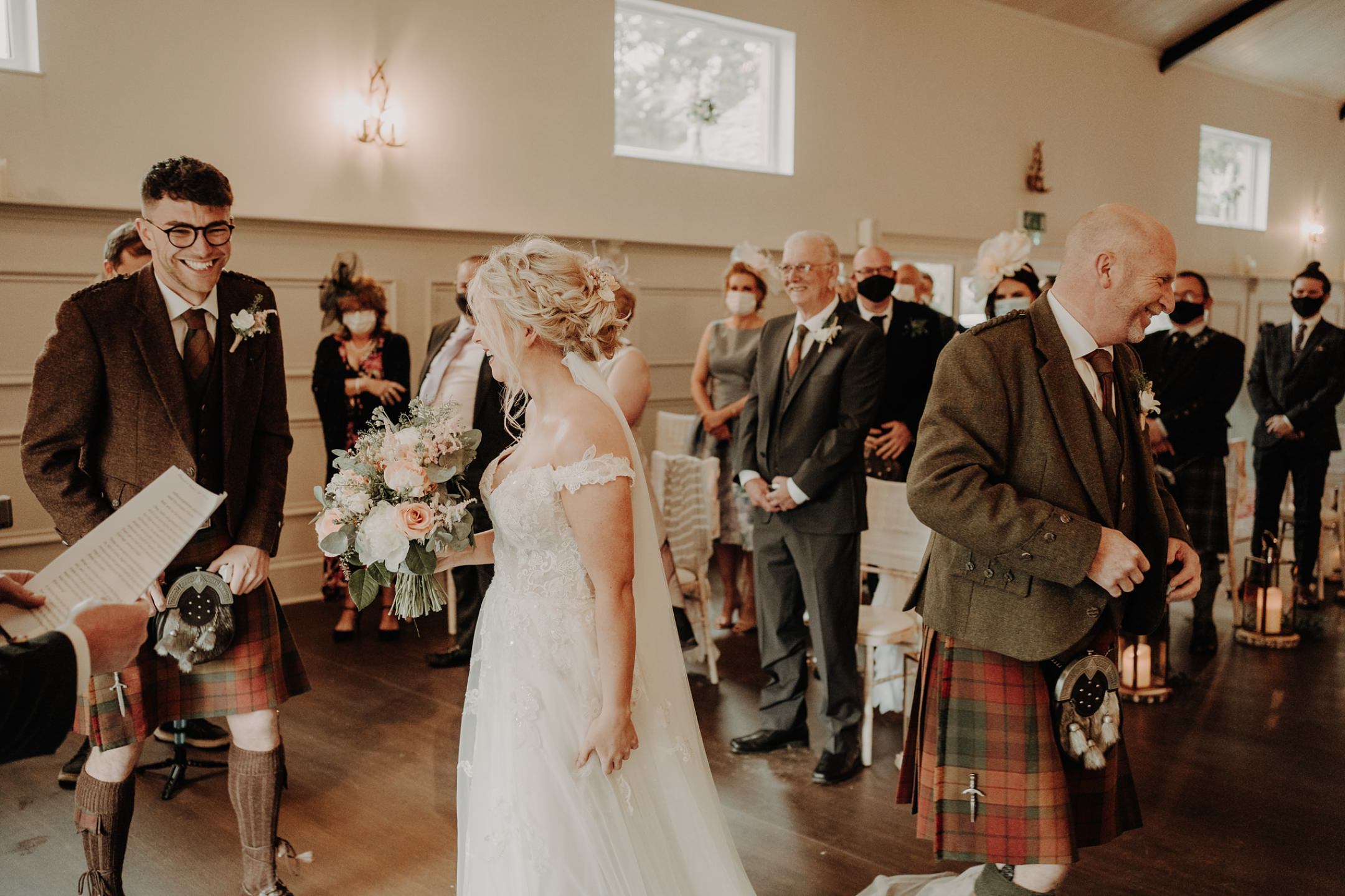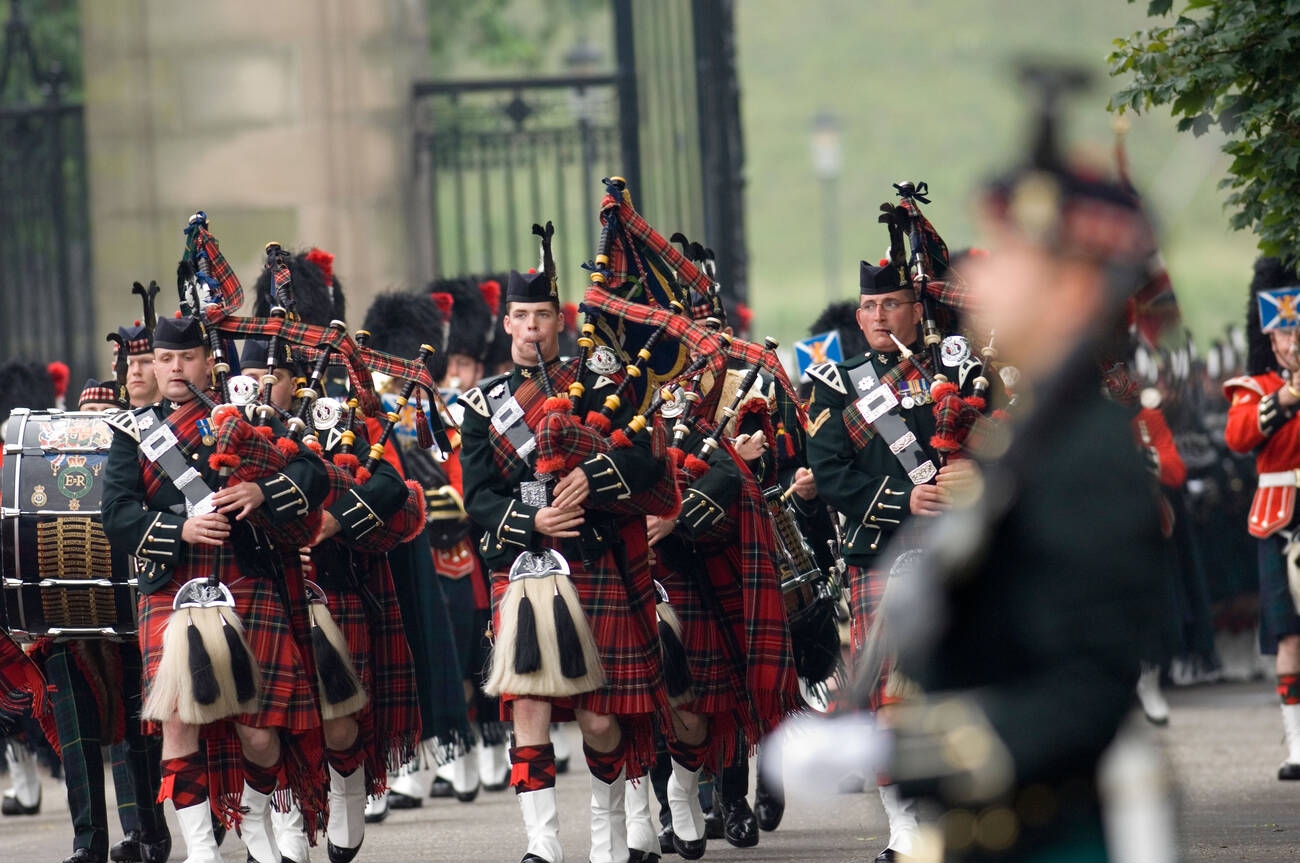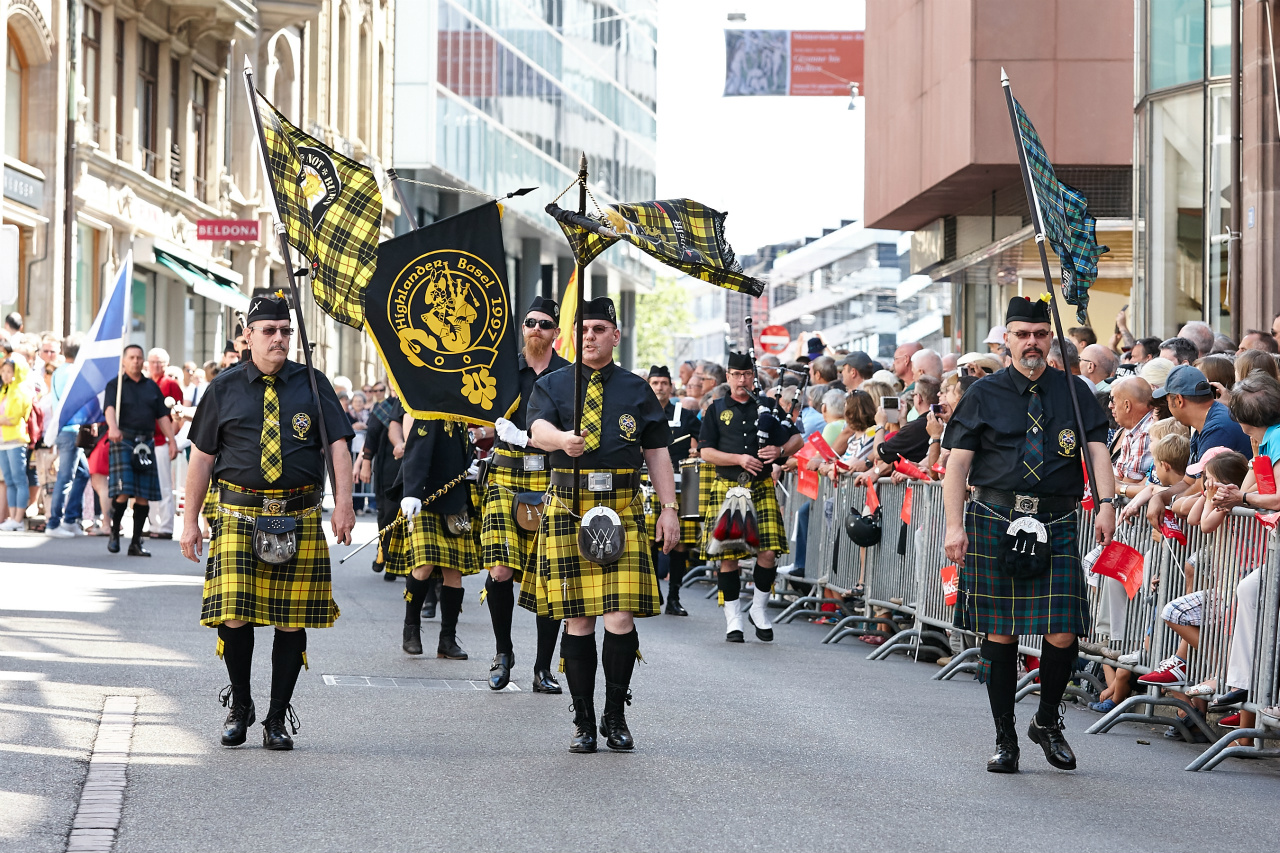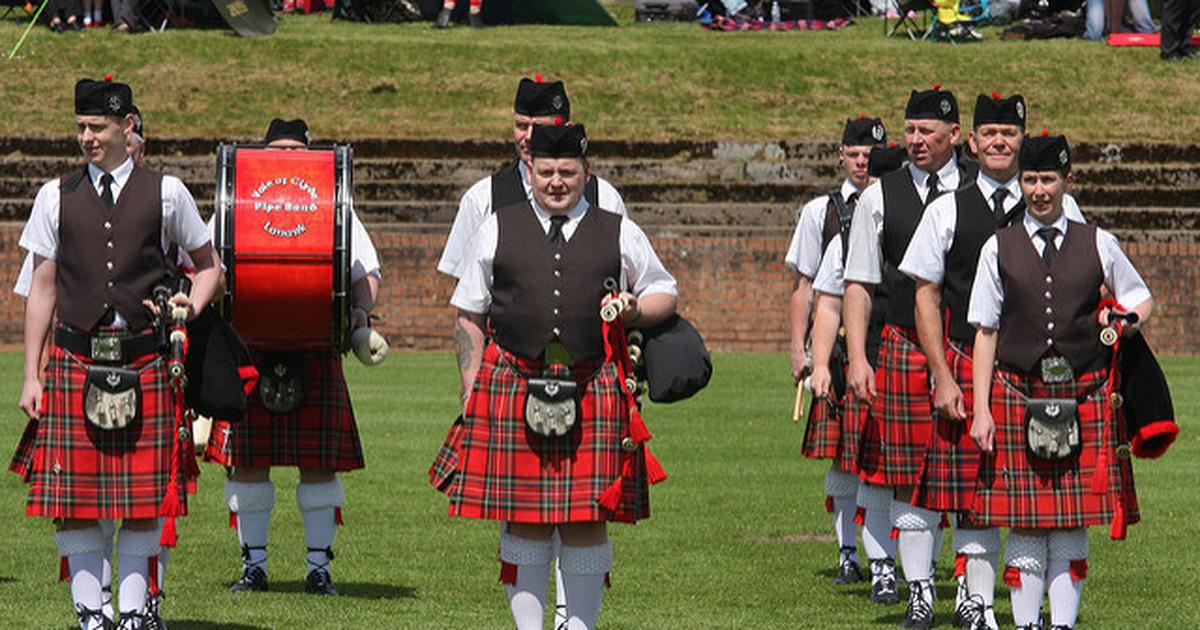Although the two words have several similarities, they have significant differences between “plaid” and ” tartan” which should be considered particularly when it comes to US and UK differences.
The term “tartan” refers to cloth that has patterns of checkboxes, intersecting lines, and most importantly, it is closely associated with clans. It is made up of 100% pure worsted and is that is used to make kilts and other accessories for highland wear, and clothing.
In the UK the word “plaid” refers to the length of the piece, which is usually a rectangular tartan piece worn over the shoulders of a kilt ensemble and is typically worn by Grooms at weddings.
In the US, however, you will not visit a shop to purchase a plaid. That’s because in the US the term “plaid is a reference to any fabric that has two or more shades. It is, therefore, possible to purchase a plaid because it’s the cloth you’re buying and not a specific item.
TO MANY AMERICANS, PLAID AND TARTAN ARE THE SAME THINGS
Both tartan and plaid contain both vertical and horizontal lines which meet at 90 degrees. Plaid is a term used in the US for the multi-colored cross-lined pattern.
Americans do not use the word tartan however when they use the word, it is used to describe the type of plaid that is of the family. To make matters more complicated, all tartans are plaids however, not all plaids are able to be tartans.
The repeated pattern of lines on tartan doesn’t change across the entire length of the fabric. This is known as the “sett” pattern, which usually measures 5-6 inches in length and repeats and over.
Plaids are different from tartans by the fact that the sett motif isn’t always visible and, more importantly, doesn’t have to be included. In tartans, it is the “sett” pattern is key in separating the tartan from others.
The main difference that people from the US notice between plaid and tartan can be found in the fact that tartan has a connection to an ancestral clan. In contrast, plaid has no connection with any clans of the past.
A great illustration of plaid would be Gingham with two colors intertwined but isn’t linked to an ancient family or clan.
Additionally that all tartans are recognized by The Scottish Tartan Authority and can be created using our design services for tartans. The final step would be to register the tartan with the family, clan, or other organization. It is not possible to do this with a plaid design.
WHAT’S THE DIFFERENCE BETWEEN TARTAN AND CHECK?
Checks are patterns of stripes made up of horizontal and vertical lines, which create squares. Tartan is a bit different and comprises a pattern of crisscrossed vertical and horizontal bands, that may be found in a variety of colors.
WHAT DOES TARTAN MEAN?
Tartan was woven historically by interlocking multiple colors by using natural dyes. When it was woven across both sides (the weft and the warp) it created the appearance of a check. A lot of tartans utilized local plants that produced dyes for the fabric that gave them their distinctive color. This, along with other motives, allowed them to differentiate the difference between enemies and friends during combat.
IS PLAID AN AMERICAN WORD?
The word”plott” comes via the Gaelic word meaning blanket.
WHAT IS CONSIDERED PLAID IN THE UK?
In the UK The word is pronounced as ‘played” and first appeared as a Scots Gaelic around 1510 in reference to a blanket.
For Scottish folk, the term plaid is a distinct rectangular tartan piece worn on the left shoulder and accompanied by a brooch in plaid. It’s a nice addition to Highland Dress clothes. The plaid that is worn over the shoulders is believed to have been part of Highland Dress from the 16th century.
Plaids come in a myriad of styles, including:
- Belted Plaid
- Ari said Plaid
- Shepherd’s Plaid
- Fly Plaid
- Straight Plaid
- Pipers Plaid
- Drummers Plaid
While it is not a Fly Plaid is the most fashionable choice for traditional Highland Were
For the benefit of our US customers in US, when you use the word ‘plaid’ when it is connected to a clan, it’s actually a “tartan’. Both words are adaptable in use, however, be sure to remember this essential aspect of the association of the clan.
Difference Between Plaid And Tartan kilts for men Scotland kilts Tartan Plaid utility kilts for mens
Last modified: February 15, 2022








